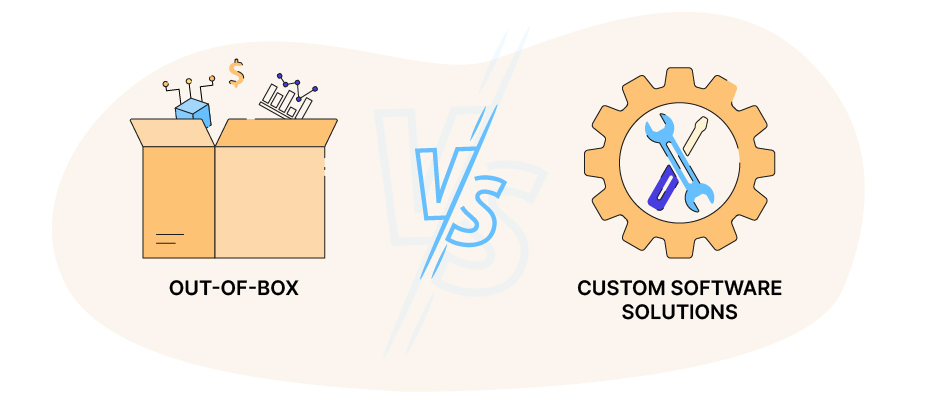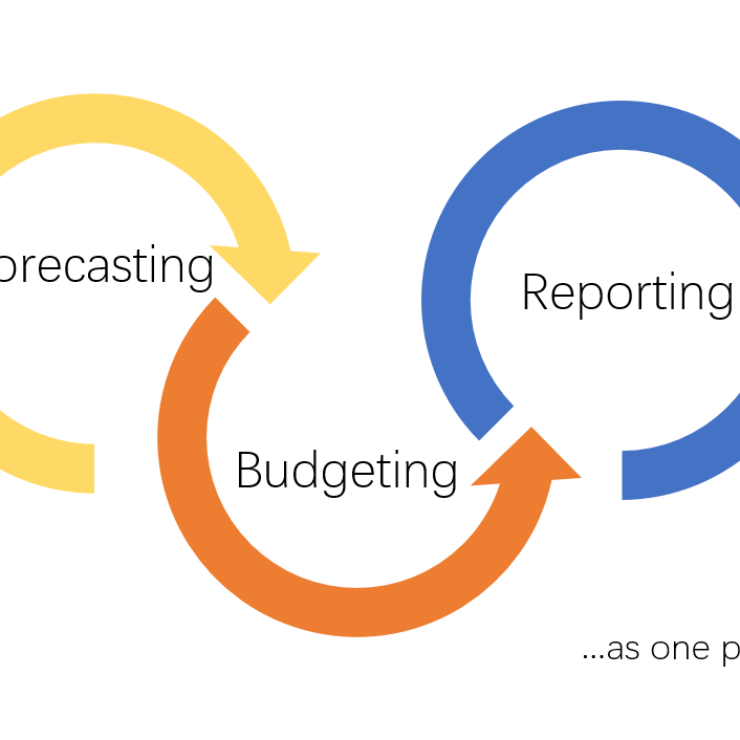Enterprise Resource Planning (ERP) systems have revolutionized the way businesses manage their operations, streamline processes, and make critical decisions. They offer a comprehensive suite of tools designed to integrate various functions, from finance and human resources to supply chain management and customer relationship management. However, a key decision that organizations often grapple with is whether to opt for an out-of-the-box ERP solution or invest in customization to tailor the system to their unique needs. In this blog, we’ll explore the pros and cons of both approaches and discuss how finding the right balance between customization and pre-built solutions can lead to ERP success.
The Appeal of Out-of-the-Box OpenScope ERP Solutions
Out-of-the-box ERP solutions, also known as standard or vanilla ERP systems, are pre-packaged software suites developed to cater to a broad range of industries and business processes. They offer several advantages:
1. Faster Implementation: Out-of-the-box solutions are ready-made and require minimal configuration. This leads to quicker deployment, allowing businesses to start realizing benefits sooner.
2. Cost-Effectiveness: These solutions tend to be more cost-effective upfront since the development and customization efforts are already invested by the ERP vendor. This can be particularly appealing for small to medium-sized businesses with budget constraints.
3. Industry Best Practices: Pre-built ERP systems are often designed around industry best practices. By adopting these practices, businesses can benefit from tried-and-true processes that have been refined over time.
4. Regular Updates: Vendors of out-of-the-box ERP solutions frequently release updates and patches, ensuring that the system remains current, compliant, and secure.
5. Reduced Complexity: Standardized ERP solutions are less complex, making training and user adoption smoother processes.
The Power of Customization
Customizing an ERP solution involves tailoring the software to the specific needs of the business. This can encompass changes to workflows, data structures, user interfaces, and even the integration of industry-specific modules. Customization offers the following advantages:
1. Alignment with Business Processes: Businesses have unique workflows and processes. Customization allows the ERP system to closely mirror these processes, potentially leading to increased efficiency and productivity.
2. Competitive Edge: Customized ERP systems can provide a competitive advantage by enabling the business to differentiate itself through unique features or capabilities that are not found in off-the-shelf solutions.
3. Scalability: As the business evolves, its ERP system can be adapted to new requirements, ensuring that the software continues to meet the organization’s needs over time.
4. Enhanced User Experience: Customization can lead to a user-friendly interface and improved user experience, which can boost employee satisfaction and adoption rates.
Finding the Right Balance
While both out-of-the-box ERP solutions and customization offer distinct benefits, a successful ERP implementation often requires striking a balance between the two:
1. Identify Core Requirements: Begin by identifying your organization’s core requirements. What aspects of your business processes must be supported by the ERP system? These are the areas where customization might bring the most value.
2. Evaluate Industry Standards: Assess whether your industry has well-established practices that can be adopted from a standard ERP solution. Customization might be more necessary in areas where industry standards are less defined.
3. Prioritize and Plan: Prioritize the customization efforts based on their impact on business outcomes. Create a comprehensive plan that outlines which areas need customization and how they will be integrated with the existing system.
4. Future Considerations: Anticipate future needs. A system that’s too heavily customized may become difficult to maintain and upgrade over time. Ensure that your customization efforts are aligned with your organization’s long-term goals.
5. Engage Stakeholders: Involve key stakeholders, including end-users, in the decision-making process. Their input can help you strike the right balance between customization and standardization.
In conclusion, the choice between customization and out-of-the-box ERP solutions is not a one-size-fits-all decision. Each approach has its own set of benefits and challenges. Businesses should carefully evaluate their unique needs, industry standards, and long-term goals to determine the right balance. By doing so, organizations can harness the power of ERP systems to optimize operations, enhance decision-making, and gain a competitive edge in the ever-evolving business landscape.




